Extensive production and use of nanomaterials (NMs) represent a potential risk to environment. Engineered NMs will end up in landfills, soils and in the aquatic habitats. When NMs enter the environment, they can interact with various organisms. The effect of NMs on organisms will depend of specific properties of NMs. In our group, we study the specific interactions of environmentally relevant organisms with NMs on different levels of biological organization.
| Research approaches | 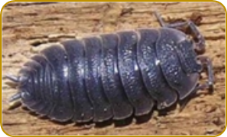 |
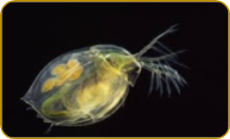 |
 |
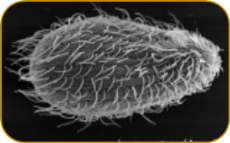 |
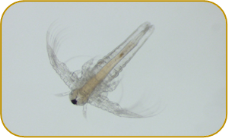 |
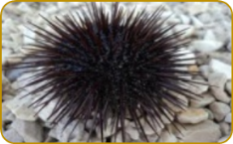 |
| Acute and chronic toxicity tests | ||||||
| Classic toxicological parameters | ||||||
| Bioaccumulation and biodistribution of nanomaterials | ||||||
| Biological surface coating | ||||||
| Neurotoxicity studies | ||||||
| Antioxidant enzyme measurements | ||||||
| Morphological changes | ||||||
| Histological changes | ||||||
| Environmental corona studies |
In in vivo experiments, we study effects of NMs on invertebrates: terrestrial isopods (crustaceans), insects and aquatic organisms (crustaceans, ciliate protozoa, echinoderms). Our main hypotheses are that NMs will enter the soil and water and interact with model animals. NMs will enter the body of model animals and also adsorb on their surfaces. The effects of NMs will be shown as changes in animal behavior or even as higher mortality of exposed animals. If the classical toxicological parameters (weight change, feeding activity, mortality) will not change upon the NM exposure, the lower levels of biological organization of will be affected. The NMs will accumulate in the bodies of model organisms.
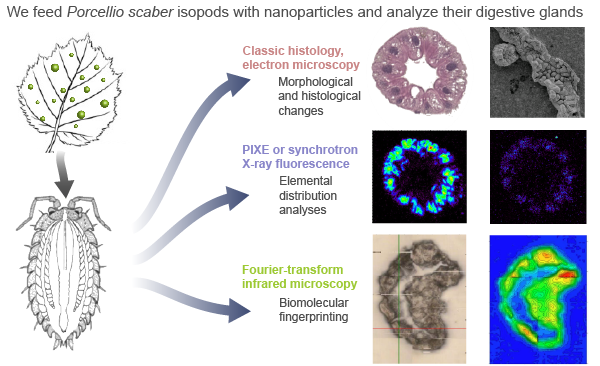
On the basis of our published work, we conclude that NMs have nonspecific effects on organisms. The classical toxicological parameters are mostly not affected, but effects at the molecular level can be recorded. In most cases, NMs do not enter the cells of organisms; only ions dissolved from nanomaterials are entering the cells and in many cases cause the observed effects. The NMs can affect organisms before measurable stress occurs; we therefore cannot conclude that NMs are biological inert materials. When the effects of NMs on organisms are studied, two crucial parameters must be considered: the properties of NMs and the biology of the species. Also the appropriate methodology should be used. With our work we try to highlight the properties of individual species important for understanding the NM transformations in the organism. We study the effect of different characteristics of NMs on organisms. With our results we contribute to the development of new methodologies for studying effects of NMs in the environment. We provide information on biological interactions of model organisms with NMs in different environments, and with that give a new insight on the safety of NMs.
Methods
- In vivo experiments with model organisms;
- Preparation of different organisms for microscopy and spectroscopy;
- Electron microscopy (TEM, SEM, FIB-SEM, SEM EDX);
- Proton induced x-ray emission (PIXE);
- Atomic absorption spectrometry (AAS);
- Inductively-coupled plasma mass spectrometry (ICP-MS);
- Laser ablation inductively-coupled plasma mass spectrometry (LA-ICP-MS).
Equipment and instrumentation
- Atomic absorption spectrometer (AAnalyst 100, Perkin Elmer, USA);
- Scanning electron microscope (JSM-840A, JEOL, Japan);
- Microplate reader (BioTek Cytation, Vermont, USA);
- Microscope AxioImager Z1 with ApoTome (ZEISS, Germany).
Related content
- What makes nanoparticles toxic? (2016, plenary lecture); 5th Croatian Congress of Toxicology – CROTOX 2016, Poreč, Croatia
- Biological surface coating with TiO2 nanoparticles in acute test with daphnids results in their increased immobility in post-exposure period (2016, poster); 5th Croatian Congress of Toxicology – CROTOX 2016, Poreč, Croatia
- Digestive solubilization of nanoparticles by a model terrestrial invertebrate Porcellio scaber (2015, poster); 22nd International Symposium on Environmental Biogeochemistry – ISEB22, Piran, Slovenia
- Current research in bio-nano interactions: In vivo experiments (2015, presentation); invited talk at the Xiamen University, Fujian, China
- Biological effect and adsorption of TiO2 nanoparticleson two aquatic invertebrates after acute exposure (2015, poster); 10th International Conference on the Environmental Effects of Nanoparticles and Nanomaterials – ICEENN 2015, Vienna, Austria
- Interactions between nanomaterials and human erythrocytes and nanomaterials and cells of digestive glands of model invertebrate organism (2015, poster); Final QualityNano Conference, Heraklion, Crete, Greece
- In vivo exposure to Ag nanoparticles leads to internalization of Ag ions and cellular structure alterations (2014, poster); 7th International Nanotoxicology Congress – NANOTOX 2014, Antalya, Turkey
- Interactions of ingested tungsten oxide (WOX) nanofibers with a model digestive gland tissue studied by SEM/EDX and FTIR (2013, poster); Microscopy Conference – MC 2013, Regensburg, Germany
- Tissue accumulation and toxic potential of ingested TiO2 nanoparticles by a terrestrial isopod (Porcellio scaber, Isopoda, Crustacea) (2011, poster); 8th International Symposium of Terrestrial Isopod Biology – ISTIB 2011, Bled, Slovenia